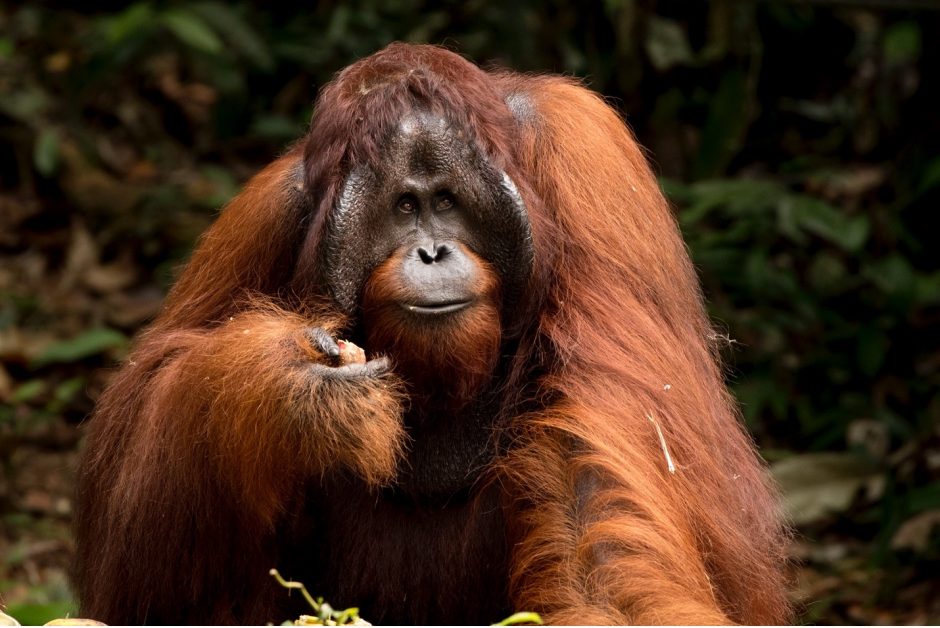
What’s in My Camera Bag? Wild Borneo Adventure
Photographing a real-deal tropical wilderness is thrilling on every level. Anytime I’m in pure wilderness, I’m elated at just the sheer remoteness and pristine nature of it. But when you combine that with some of the world’s greatest wildlife, Borneo is one of the most spectacular islands on the planet.
If you’re headed on an adventure to Borneo soon—or dreaming of doing so one day—this guide will help you capture the many facets of the wilds of Borneo, from its mesmerizing landscapes and unique travel scenes to its magnificent wildlife.
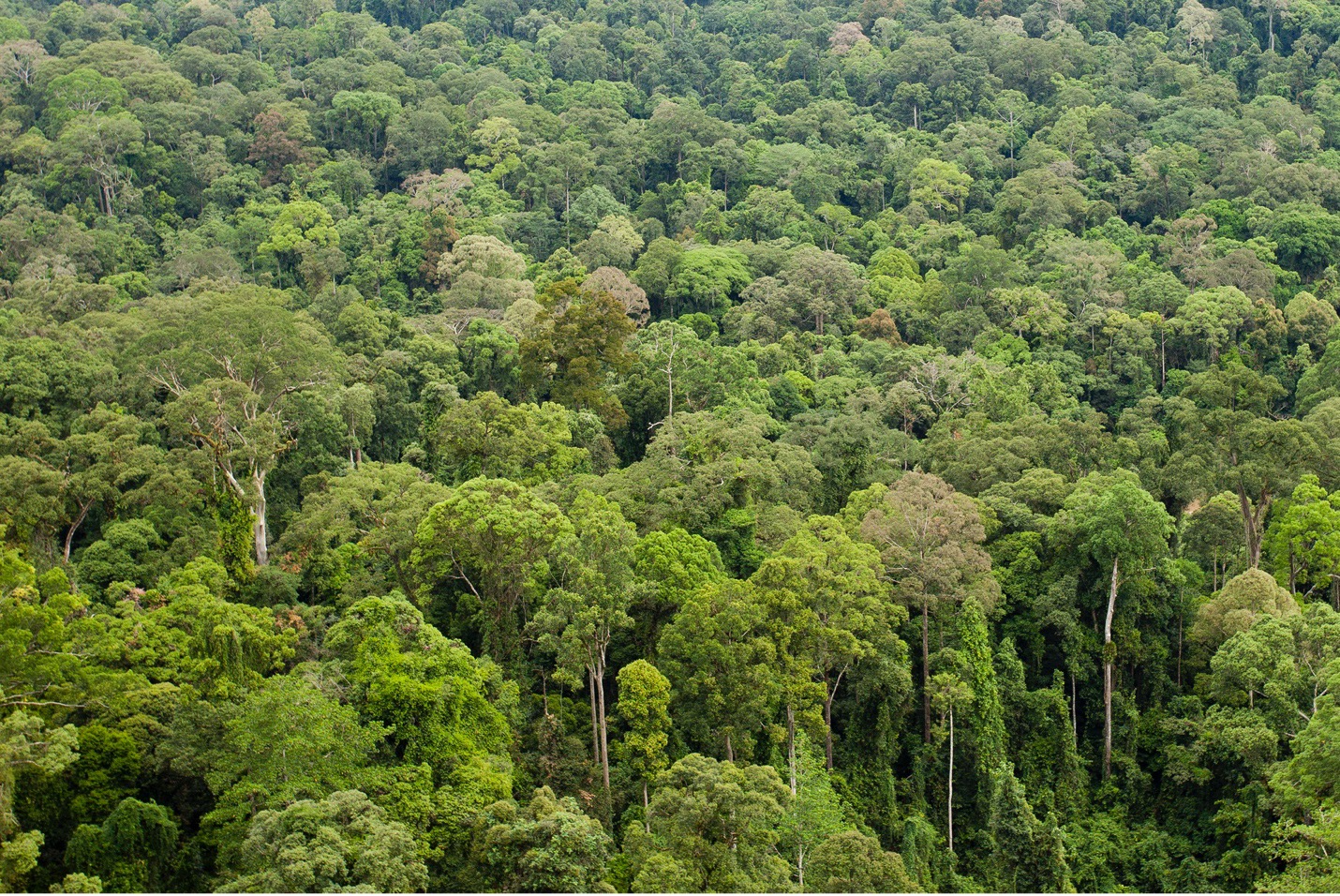
Wide-angle “Walking Around Lens”
This is one of those lenses that rarely stays home on any trip, as it’s got so many purposes. From being my go-to landscape lens, to a great general travel lens, and even a big wildlife lens, it does it all. I’m talking about my 24-105mm (full-frame), but you may have a 24-70mm or 18-55mm (crop-frame), which will do the same job.
This lens will be key for 90% of your landscape shots and much more.
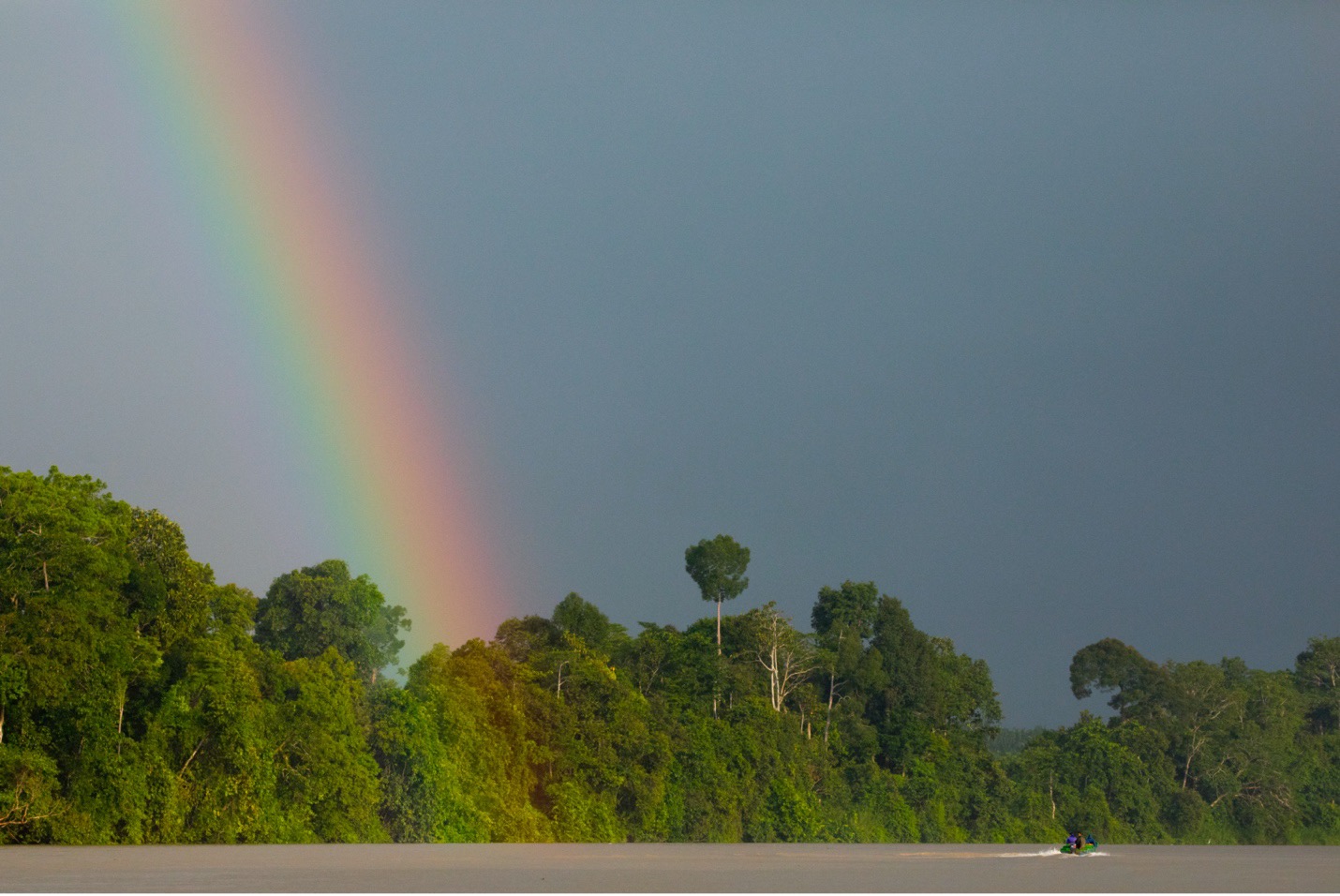
Zoom Telephoto
Another critical lens for a Borneo trip, your zoom telephoto is going to be your wildlife photography workhorse. I generally recommend something in the 100-400mm range if you’re shooting full-frame, and perhaps even bigger if you have access to something that gets you to 500mm or even 600mm.
If you are shooting on a crop-frame sensor, you can technically get away with a 70-300mm. But given how prevalent the 100-400mm class of lens is, I highly recommend aiming for at least 400mm for your wildlife lens. Really, the more telephoto the better!
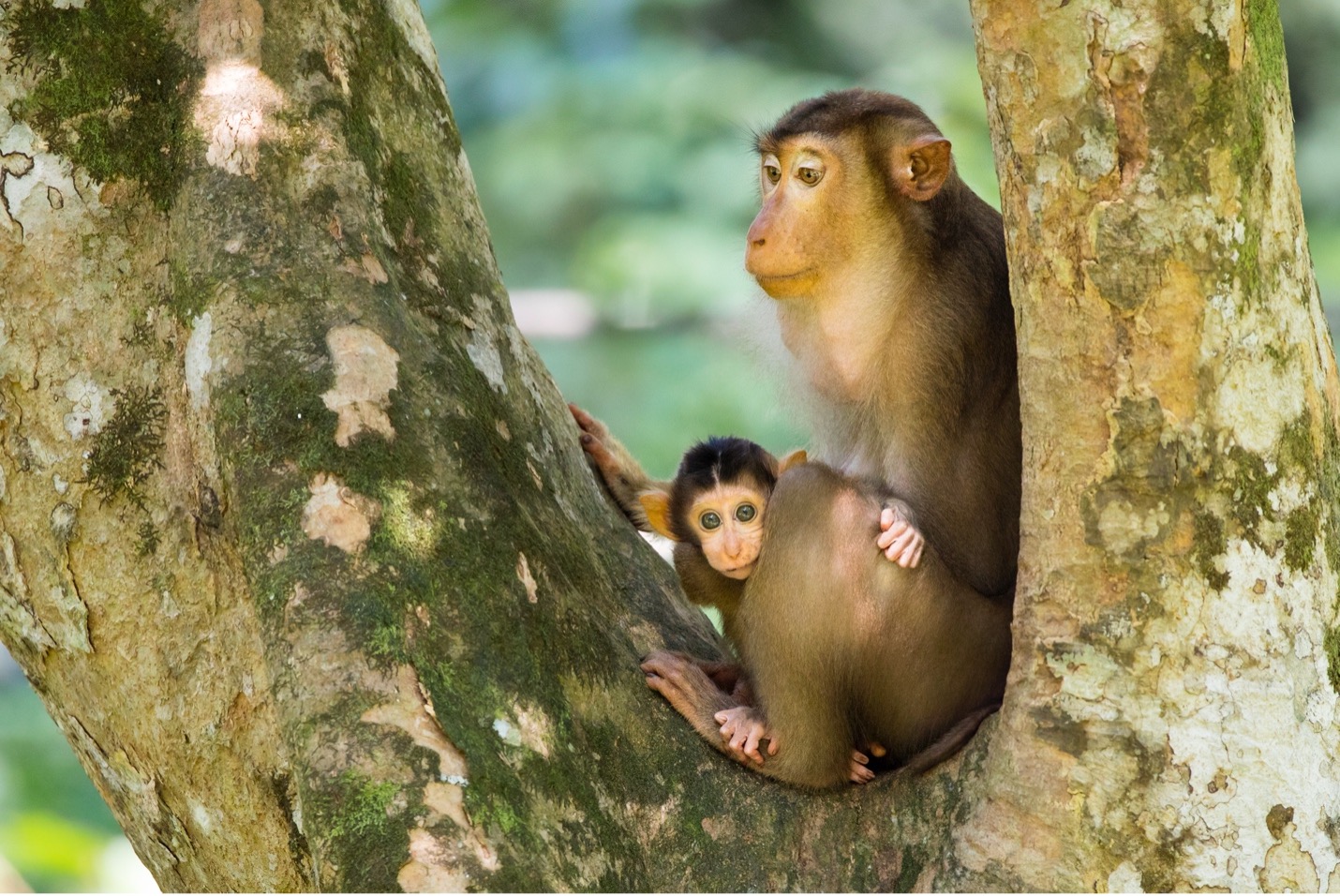
You may wish to consider a super telephoto, like a 500mm or 600mm prime lens, but keep in mind that most wildlife viewing in Borneo is by foot or small boat, so weight, size and space do play a role in lens selection. While I’ve seen photographers with their 600m f/4 prime lenses get extraordinary photos, there will be many shots where you will want to zoom out, so you may wish to bring a second camera body if a big super-telephoto prime is coming with you.
Ultra-wide Lens
Although not critical, this is a wonderful class of lens to bring with you on any tropical photo adventure, as you will no doubt spend significant time underneath the canopy of the forest. This means that those big, ultra-wide shots will really come into play as you showcase the wildness and enormity of the jungles, coastlines and riverine ecosystems around you.
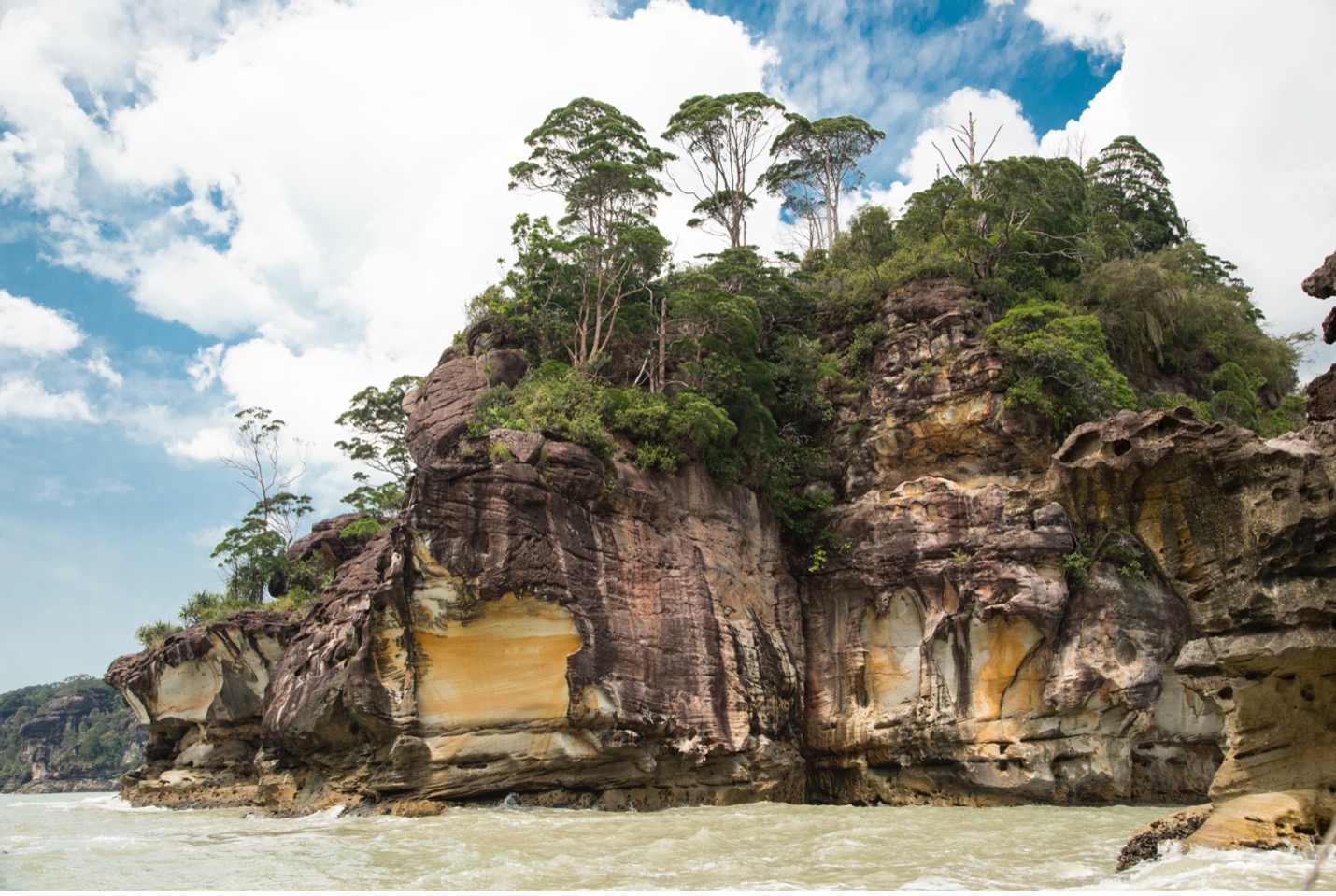
X-factor Lens
If you’ve read my other Camera Bag articles, you know I always assign at least one “x-factor lens” per trip. An x-factor lens is one that isn’t critical, and may only be on your camera for a fraction of the time, but could yield some of your favorite photos of the trip.
For Borneo, an ultra-wide-angle lens might fit that description quite well. But let’s think beyond that.
A macro would be a super fun lens to have, as the small stuff can get pretty wild! The insects, flowers, frogs and other critters are fantastic photographic subjects, but due to their size, a normal lens often doesn’t quite cut it.
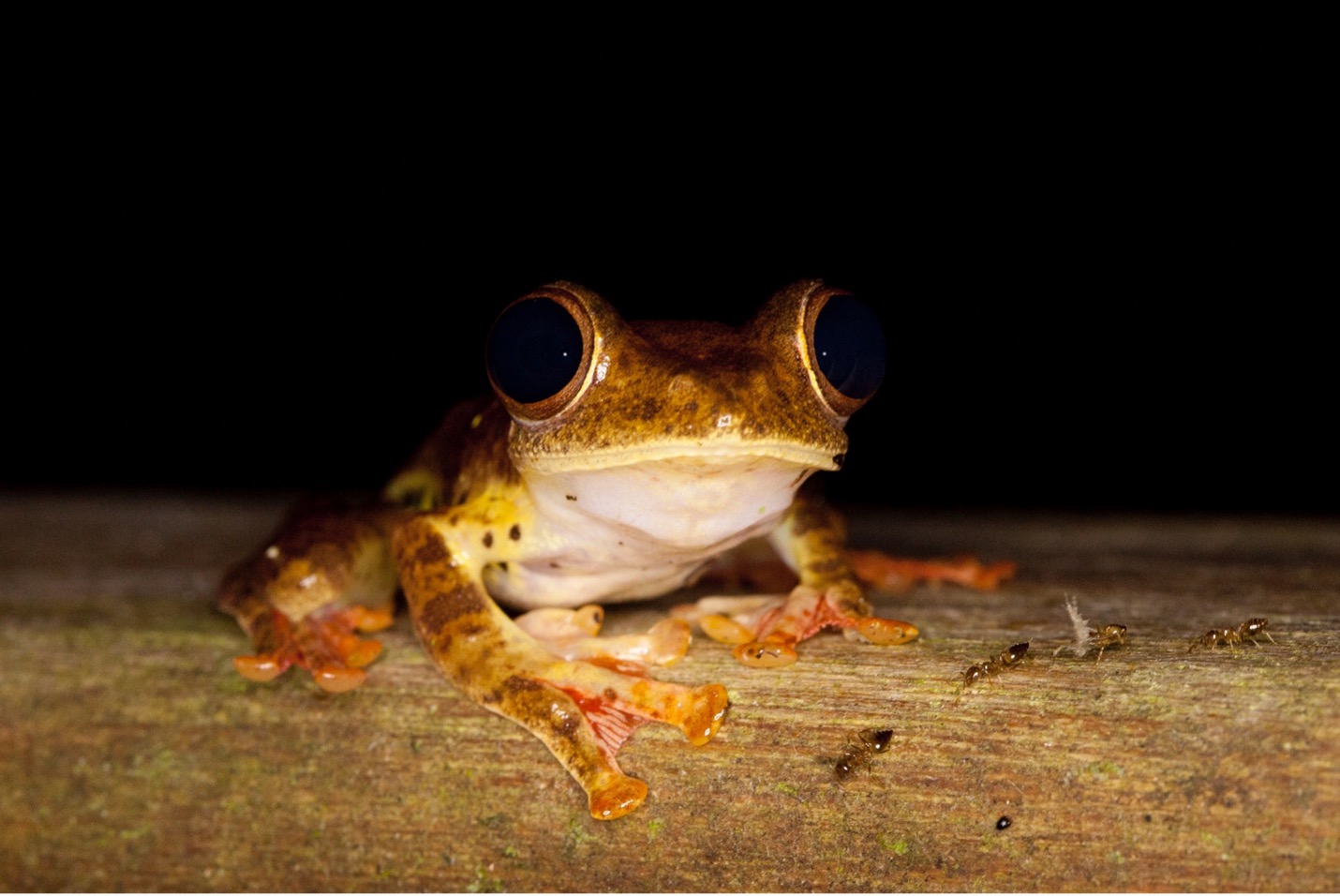
While you can get away with using your wide-angle or telephoto lens like a macro (read here if you’d like my step-by-step guide for this), a dedicated macro lens gives you so much more magnification and makes the small things really come to life. Click here to check out two different macro tutorial videos I’ve produced over the years.
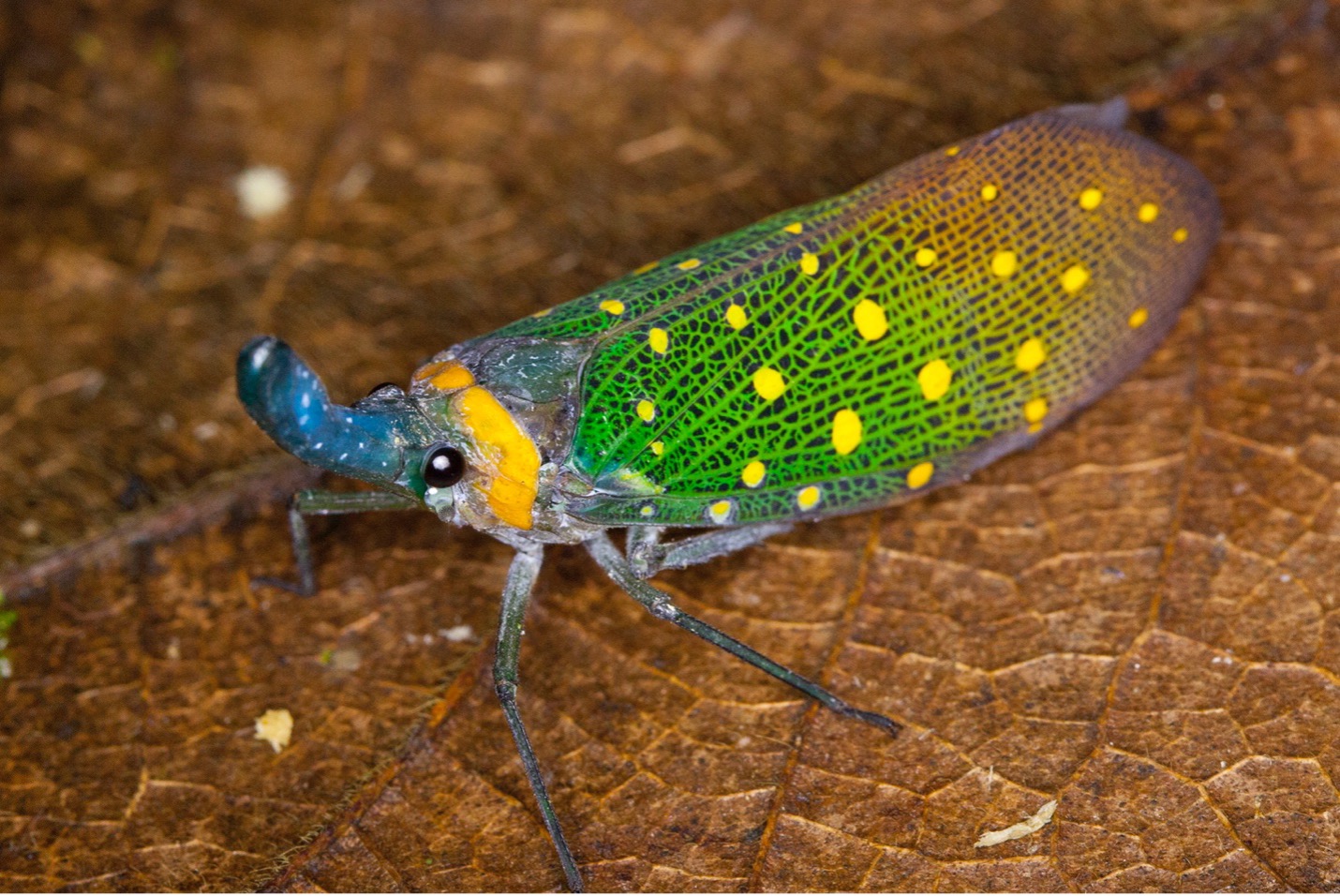
The only downside is that to properly do macro photography, you really ought to think about an external flash, preferably a macro flash. Not that there’s anything wrong with bringing this, but the decision to bring a macro also comes with another piece of gear, so it does take up a bit of room in the ol’ pack. Nevertheless, it’s a great addition.
The final x-factor lens I personally consider is my nifty 50, which gives me extraordinary market and other travel photography opportunities. This 50mm f/1.4 lens gives me an extremely shallow depth of field, turning just about anything into a captivating photo.
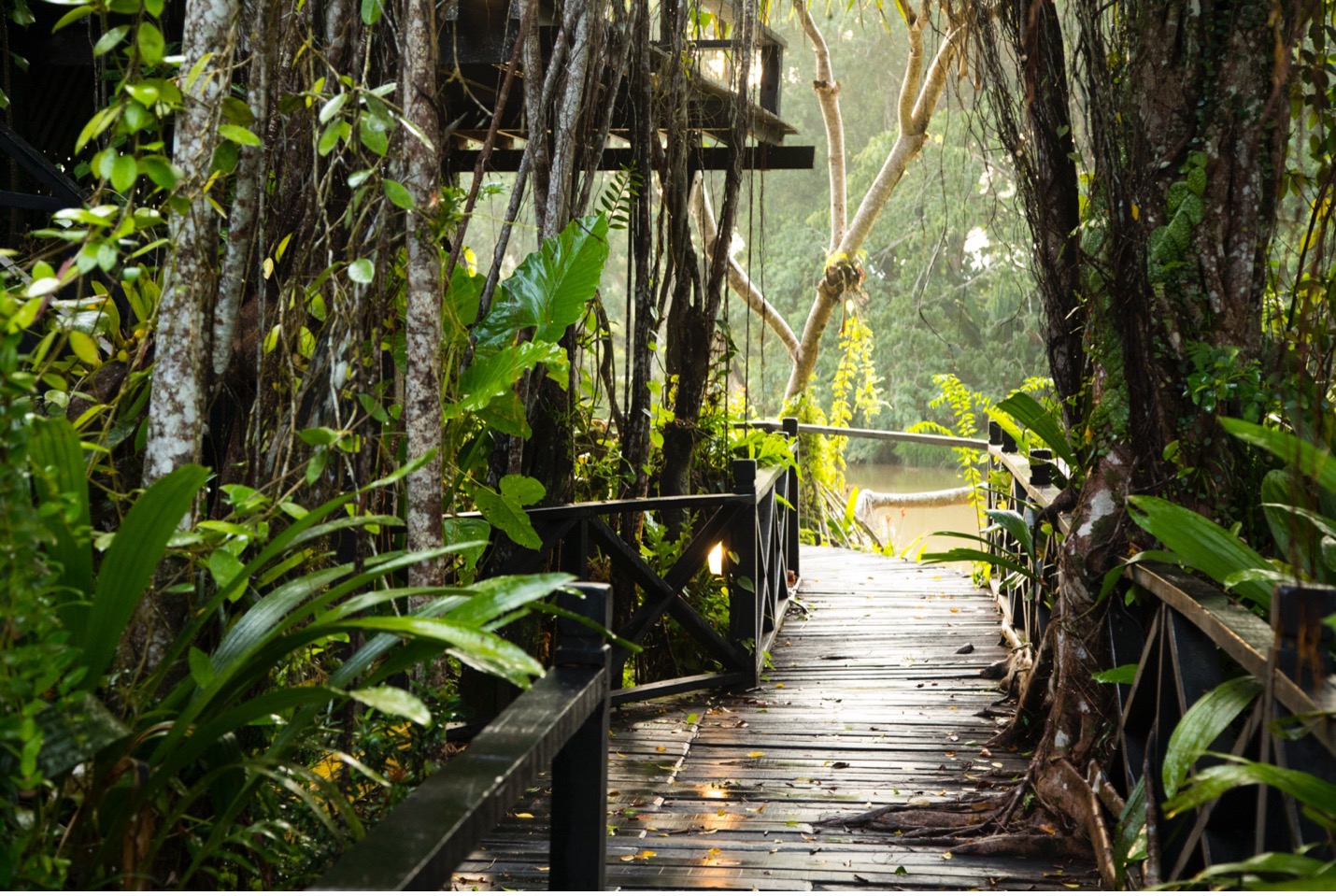
Tripod
I personally don’t think a tripod is necessary for Borneo, as most photo opportunities are on foot or by boat, which means that it’s cumbersome to bring a tripod along.
In addition, although the interior of the Borneo rain forest is definitely dark, because you’re usually photographing moving wildlife and need to somewhat freeze their motion, you can’t get away with super-slow shutter speeds. Thus, a tripod is not high on my list.
However, the sunrise and sunset scenes are gorgeous, and I particularly love the twilight and blue hours of the day. Photographing our ecolodges can also be quite fun, and a tripod does give you extra flexibility to shoot at slow shutters and therefore low ISOs. I’m just not sure I’d personally recommend it for only a small handful of photos.
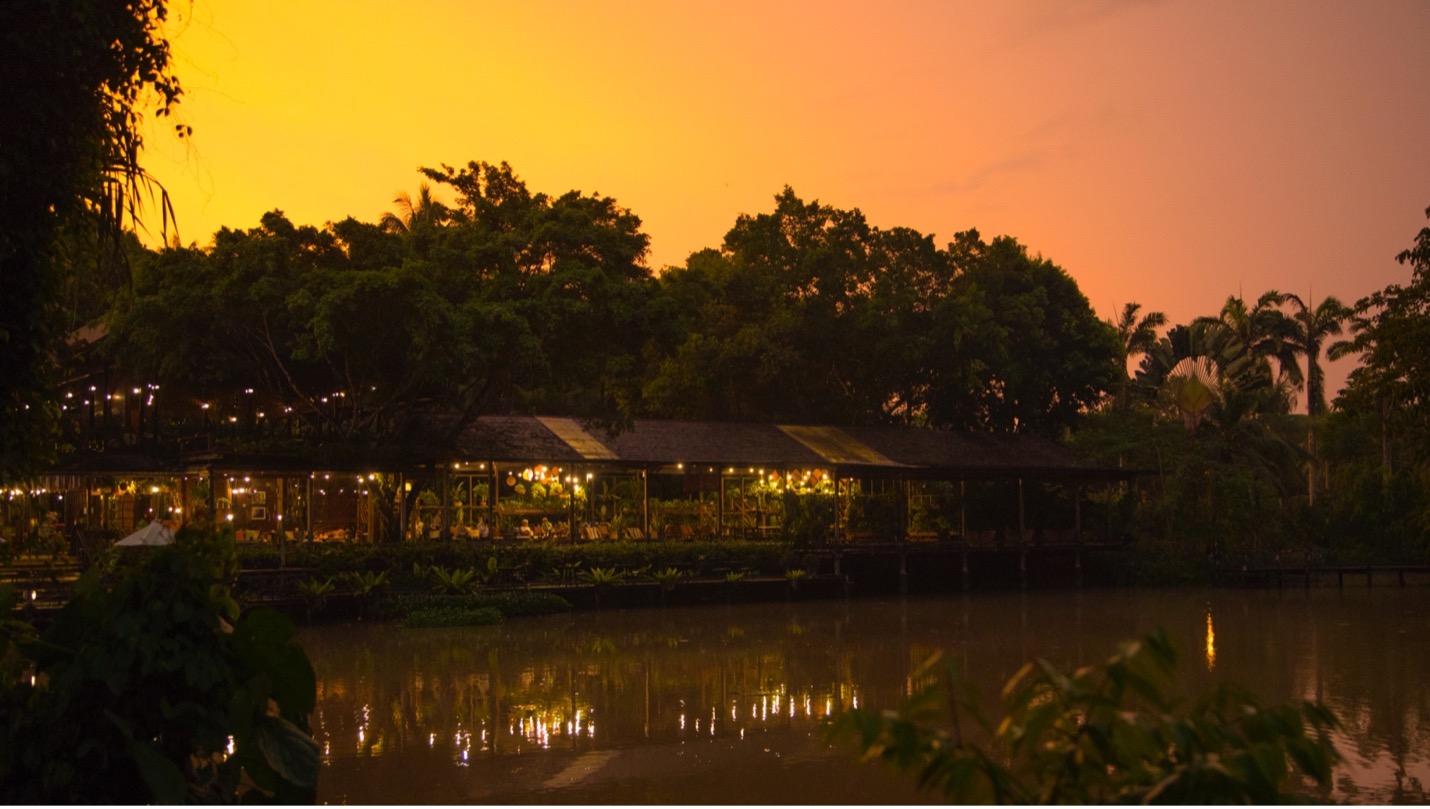
Batteries and Memory
These are of course essential items for any trip. The great thing is that we have consistent access to electricity throughout the trip, so charging batteries is easy. I still recommend bringing at least two extra batteries, as you could go through them quickly each day. This is especially true if you’re using your screen a lot, shooting on burst mode, or taking lots of video.
As far as memory goes, I plan on shooting about 500 photos a day—some days more, some days less. But this will give you an idea of the volume of photos you’re likely to take. Remember, memory is cheap, so always bring way more than you think you’ll need!
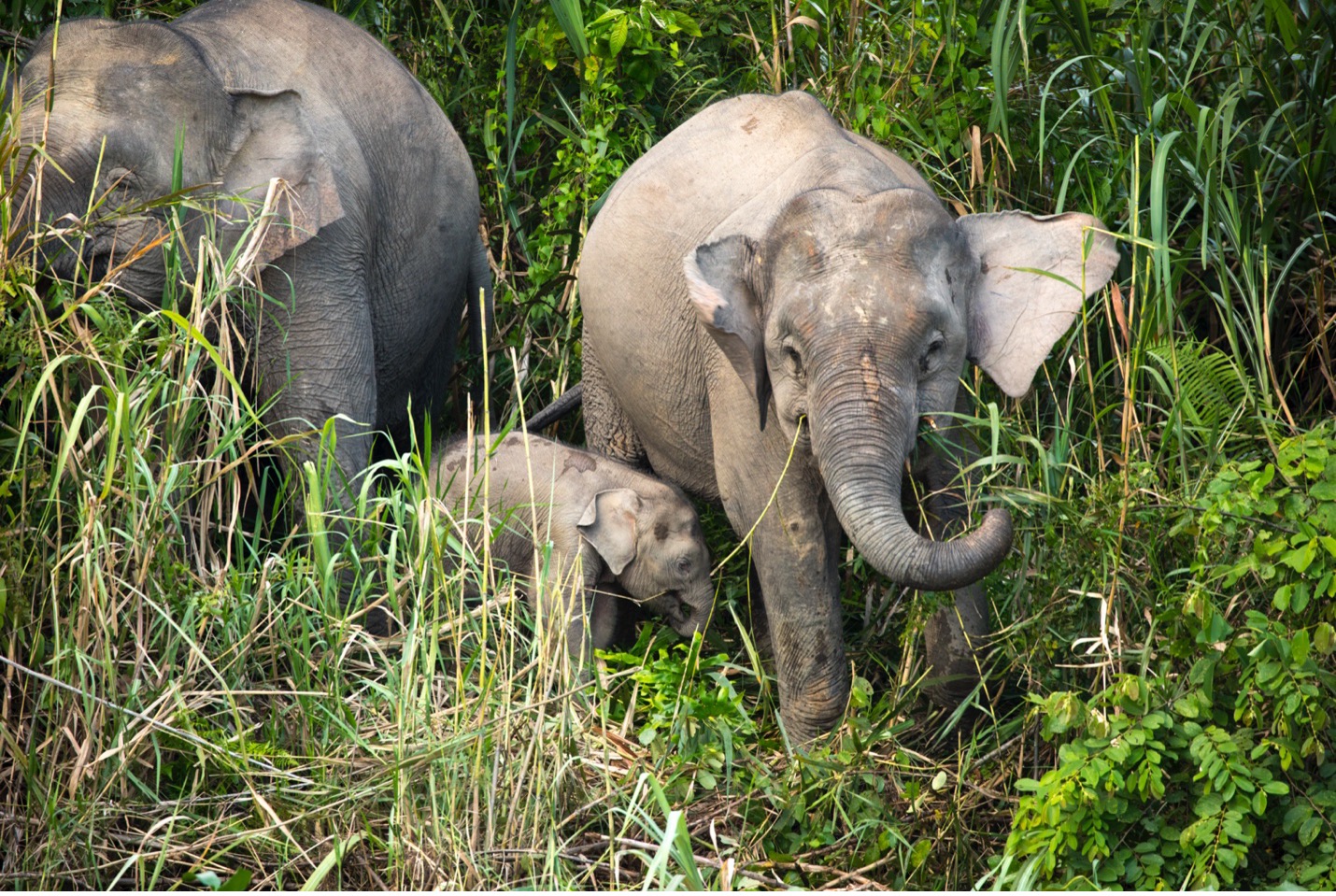
Rain Protection
This is a key component of any Borneo adventure. The chance of rain is always there, and it can come without warning. The showers tend to be quick, but lots of water can fall in a little bit of time. For this, I highly recommend you consider rain protection for your backpack/camera bag.
I don’t usually use a rain sleeve for my camera, as I do have some waterproofing built into my camera body and lenses, but I do always have a quick way to stash my camera to ensure full waterproofing (like a waterproof backpack).
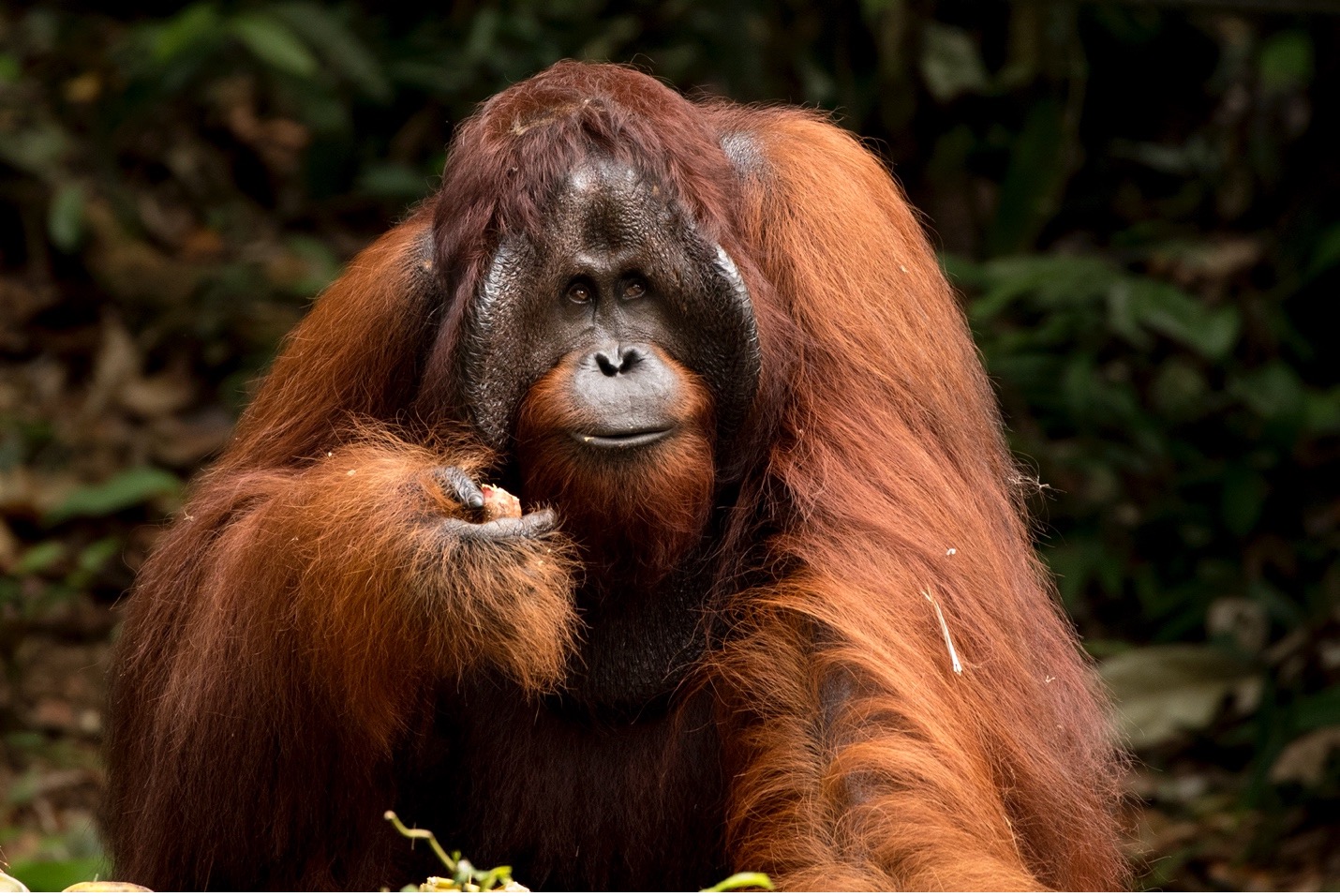
As you can tell, the photo opportunities in Borneo are vast, extremely varied and just plain awesome. My camera kit for Borneo is usually bigger than most other trips because of this.
A Borneo photo trip is one of the rare times when I will bring multiple x-factor lenses because, well, in many ways Borneo is the x-factor of any wildlife photographer’s travel career! It’s truly magical, and I hope you are reading this in preparation for one of the greatest and wildest photo adventures you’ll ever experience.
All the best,

Court
Leave a reply